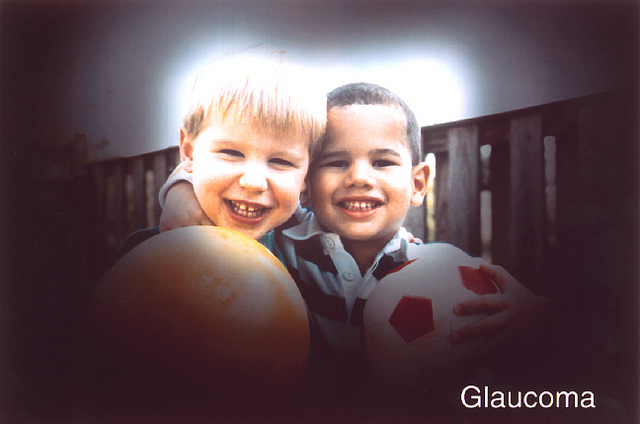Unit 7: Gradual Loss of Vision
3: Primary open angle glaucoma (POAG)
Risk Factors
- IOP (most important modifiable risk factor)
- Family history of glaucoma
- Age
- Diabetes
- Myopia
- Black African or Caribbean
Patients are often asymptomatic until the disease is advanced; they may then notice problems with their peripheral vision and start bumping into objects.
The lack of symptoms is one of the main problems with glaucoma, as disease may go undetected. Visual loss cannot be restored.
Glaucoma is often detected by optometrists during a routine eye examination. Anyone over 40 years who has a parent or sibling with glaucoma is entitled to a free optician examination.
